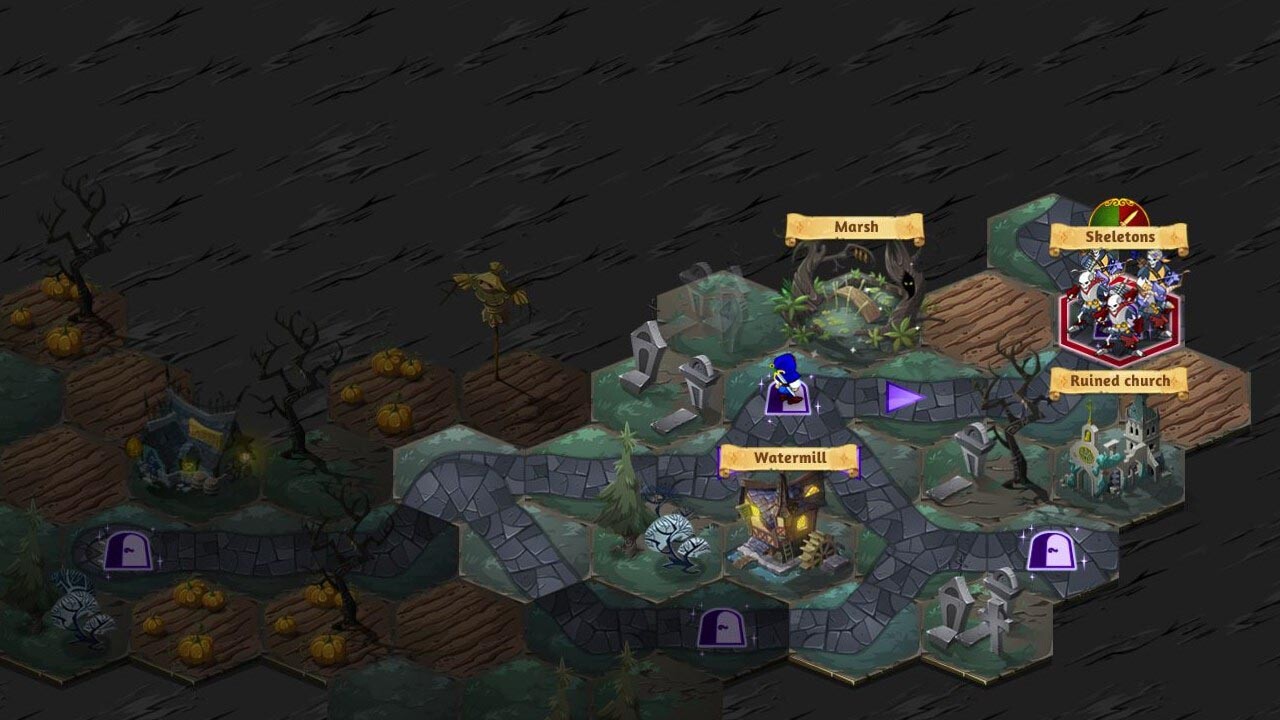

However, they will also need to share in the spoils if they’re to remain viable combat assets, which can grow costly if you move through an area that offers more danger than reward.Ĭrowntakers only real weakness is in the foundation of its design. These NPC’s level up and have their own unique abilities, just like the Hero. By stopping at a local inn or tavern, the Hero can hire mercenaries to augment his combat options. The Hero won’t have to face this challenge alone if you don’t want him to though. Did you focus on leveling your hero’s health this time around, or their strength? Did you compensate for these choices by hording strength or speed potions, and will you charge ahead to quickly strike the enemy down or let them come to you and slowly whittle them away? There is no one right answer, and because each failed attempt leads to a considerably different scenario your largest opponent in the game will be always be your own strategic flexibility. The actual combat of Crowntakers really shines, however, when a player realizes it’s less about in the moment tactics but rather the long running strategy of your Hero’s condition. Even during the travel segments between combat a player must weigh risk against reward for each of the Hero’s choices, no matter how benign. It’s times like this that Crowntakers reveals it’s about more than just the turn based strategy of its battle system or Disney-esque charm of its setting. Now, as you journey to the next stage of your adventure, called Steps, you avoid any further huts because you currently have more than you need and possible danger just isn’t worth it. On the flip side, during another playthough where every battle has gone splendidly and your hero has continued without a scratch, you come across another hut you decide to search, however this time you find a bounty of abandoned treasures you sell at the next merchant for a fine price.

Suddenly your already weakened hero finds himself on the brink of death after being mauled by a nest of poisonous spiders awaiting your approach inside. Since your last battle left you a little low in health, you decide to investigate the hut and select the slide offering you the option to search it for loot. While this can lead to frustration if you’re repeatedly hosed by unfavorable circumstances, it can also make all the difference when things go right and your skills have been honed by a handful of harsh lessons.įor example, let’s say as you travel across the world map and as the charmingly hand-drawn houses, towers and caves of Crowntakers pop into view, you come a across a run-down hut.
#Crowntakers 2 full#
This means that from one attempt to the next, that accommodating local town and pocket full of gold you started with your first time, can quickly be replaced with a pack of angry wolves and a spider-filled cave the second. As each new day arrives, your opponents will grow in strength, stacking the odds more against your character.

In addition to this, each move across the world map progresses the in-game time a little further ahead, eventually leading into the next day. Each time you begin your journey (and there will be several of those at least, but more on that later) the map is randomly generated, confronting you with different obstacles and benefits. This is where Crowntakers begins, and there is quite literally not a moment to waste since your every move and choice can lead to drastic results. In exchange for returning his freedom and thusly bringing peace back to the land, the King offers the Hero riches and power beyond his imagination, which is always a solid motivator. The King quickly explains that he is contacting members of his bloodline to come and rescue him from his own castle dungeon where he is being held prisoner in the midst of a coup. In Crowntakers you are playing a character known simply as the “Hero”, who is wrested from a good night’s sleep in his humble home by a telepathic message from his father, the King. I was enjoying Crowntakers and, despite my occasional frustrations, I was having a pretty good time. But it was in between those two extremes, just as a sword is shaped between an anvil and a hammer, that my opinion of this title was forged. Soon afterward (and particularly when I failed) I thought about the old arcade coin gobbler Dragon’s Liar, the first game where I experienced the nose-bleed inducing anger of what is now clearly defined as “rage-quitting”. Among the first was Infinity Blade, where I originally encountered the now popular theme of playing a bloodline of characters who perpetually took up the sword and crusade of their predecessors. I made a lot of strange and entertaining comparisons during my time with Crowntakers.


 0 kommentar(er)
0 kommentar(er)
